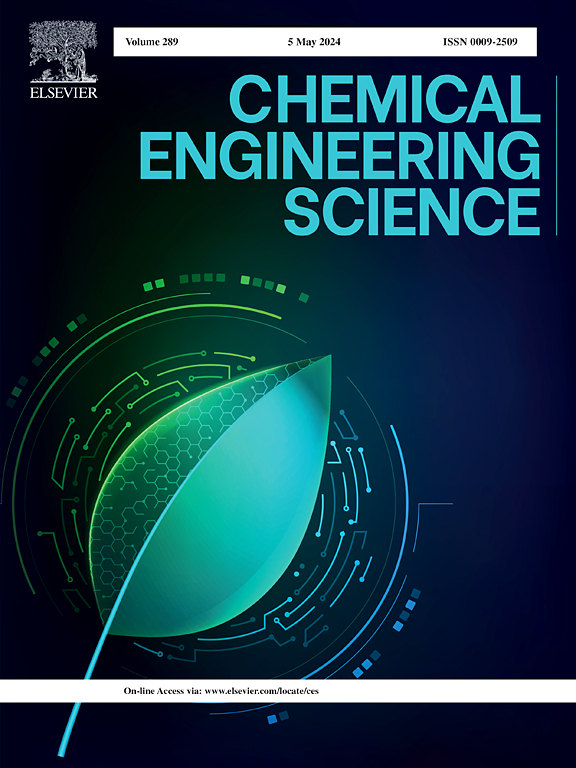Gravity-driven membrane based on solid waste for water purification: Manufacturing, XDLVO theory and algae removal evaluation
IF 4.1
2区 工程技术
Q2 ENGINEERING, CHEMICAL
引用次数: 0
Abstract
To mitigate the environmental pressures associated with waste management, it is crucial to adopt scientific and rational approaches to solid waste treatment. This study introduces a novel gravity-driven membrane (GDM) that utilizes industrial solid waste as its structural framework, significantly enhancing algae removal efficiency. The industrial solid wastes examined include bayer red mud (BRM), sintered red mud (SRM), fly ash (FA), and gangue (GA). Notably, the adsorption energy (Eads) of modified iron atoms on BRM was found to be −0.532 eV, indicating robust interaction forces. The adsorption efficiency of the GDM is primarily governed by the Lewis acid-base interactions (). Further analysis combining interaction energy with fluorescence characteristics demonstrates the effectiveness of the Fe–O network in BRM at extracting tryptophan protein-like substances from the membrane pores. The algae removal efficiency of the GDM incorporating BRM reached 66.71 %, suggesting a promising application for filtering algal-rich waters at the molecular level within ceramic matrices.
基于固体废物的重力驱动水净化膜:制造、XDLVO理论及除藻评价
为了减轻与废物管理有关的环境压力,采用科学合理的固体废物处理方法至关重要。本研究介绍了一种以工业固体废弃物为结构框架的新型重力驱动膜(GDM),该膜显著提高了除藻效率。研究的工业固体废物包括拜耳赤泥(BRM)、烧结赤泥(SRM)、粉煤灰(FA)和脉石(GA)。值得注意的是,改性后的铁原子在BRM上的吸附能(Eads)为−0.532 eV,表明了强大的相互作用力。GDM的吸附效率主要受Lewis酸碱相互作用的影响(ΔUfwmABΔUfwmAB)。结合相互作用能和荧光特性的进一步分析表明,BRM中的Fe-O网络在从膜孔中提取色氨酸蛋白样物质方面是有效的。含BRM的GDM对藻类的去除率达到66.71 %,在分子水平上对陶瓷基质中富含藻类的水体进行过滤具有广阔的应用前景。
本文章由计算机程序翻译,如有差异,请以英文原文为准。
求助全文
约1分钟内获得全文
求助全文
来源期刊

Chemical Engineering Science
工程技术-工程:化工
CiteScore
7.50
自引率
8.50%
发文量
1025
审稿时长
50 days
期刊介绍:
Chemical engineering enables the transformation of natural resources and energy into useful products for society. It draws on and applies natural sciences, mathematics and economics, and has developed fundamental engineering science that underpins the discipline.
Chemical Engineering Science (CES) has been publishing papers on the fundamentals of chemical engineering since 1951. CES is the platform where the most significant advances in the discipline have ever since been published. Chemical Engineering Science has accompanied and sustained chemical engineering through its development into the vibrant and broad scientific discipline it is today.
 求助内容:
求助内容: 应助结果提醒方式:
应助结果提醒方式:


